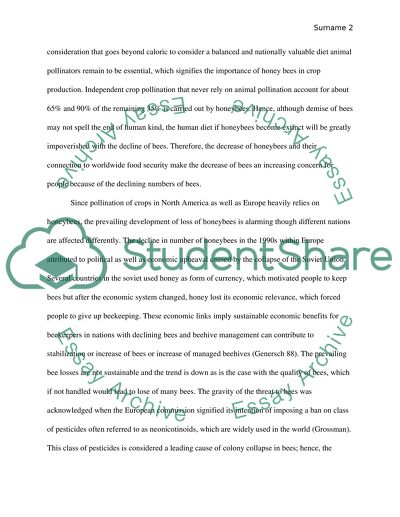Cite this document
(“Danger to Bees is Danger to Us Research Paper Example | Topics and Well Written Essays - 2000 words”, n.d.)
Retrieved from https://studentshare.org/english/1493238-danger-to-bees-is-danger-to-us
Retrieved from https://studentshare.org/english/1493238-danger-to-bees-is-danger-to-us
(Danger to Bees Is Danger to Us Research Paper Example | Topics and Well Written Essays - 2000 Words)
https://studentshare.org/english/1493238-danger-to-bees-is-danger-to-us.
https://studentshare.org/english/1493238-danger-to-bees-is-danger-to-us.
“Danger to Bees Is Danger to Us Research Paper Example | Topics and Well Written Essays - 2000 Words”, n.d. https://studentshare.org/english/1493238-danger-to-bees-is-danger-to-us.


